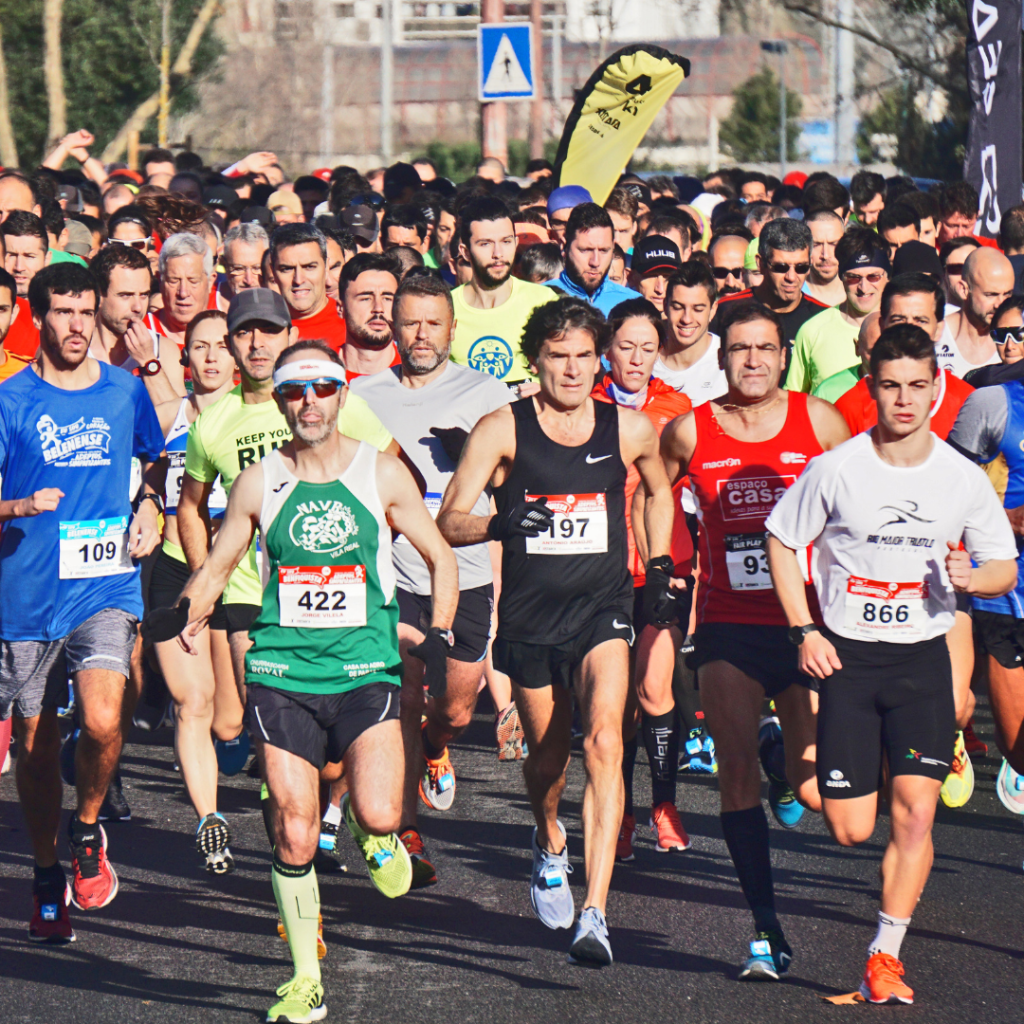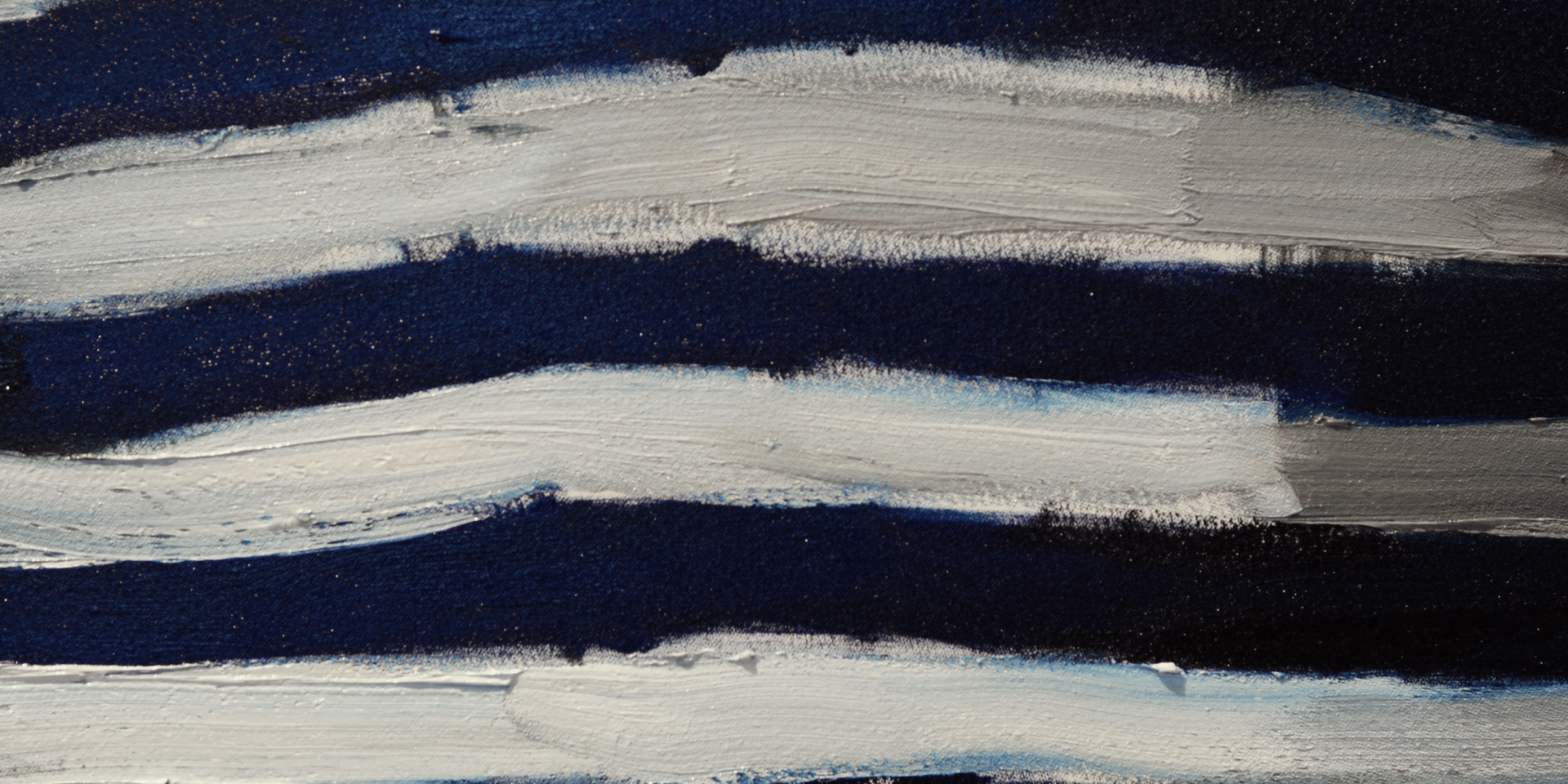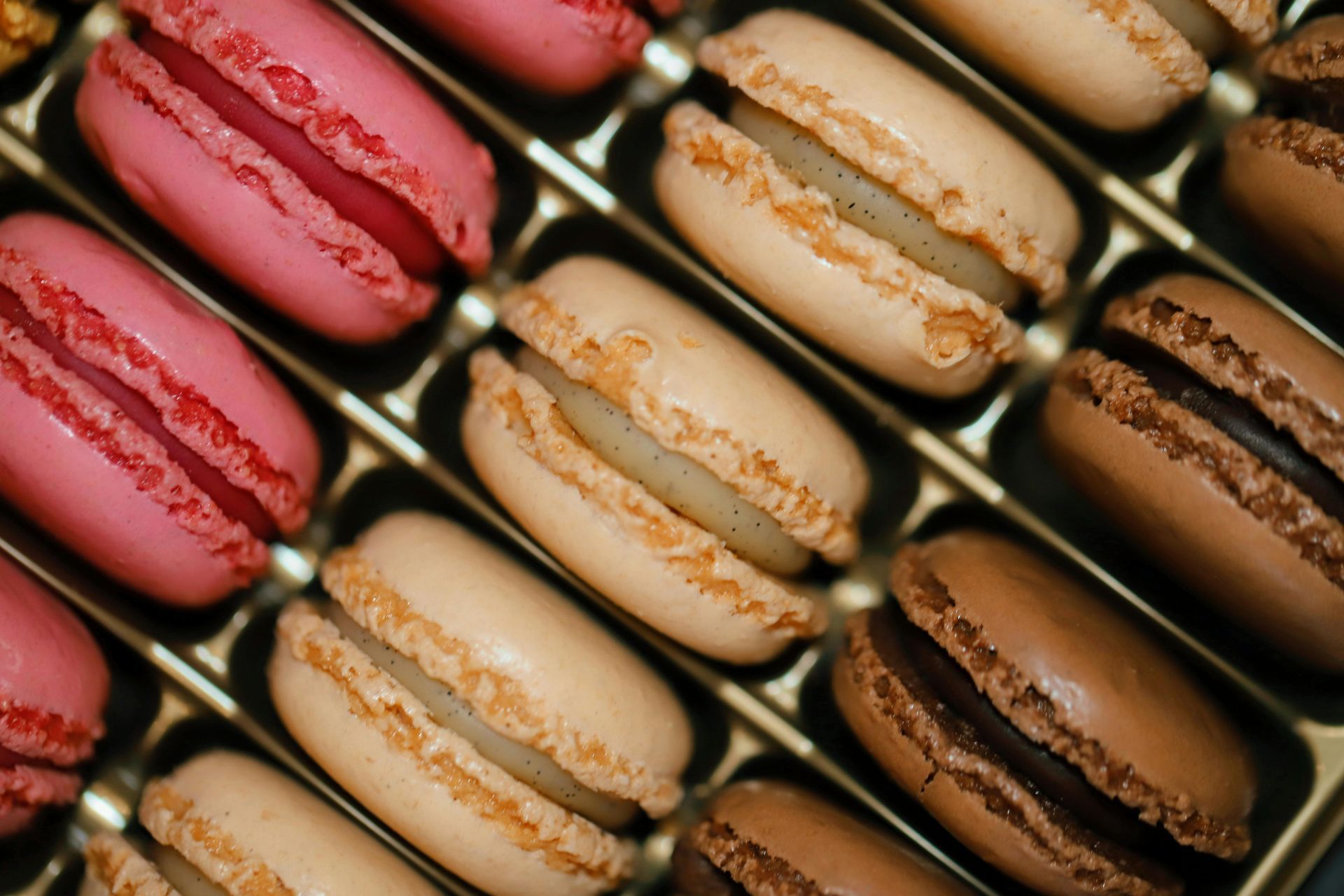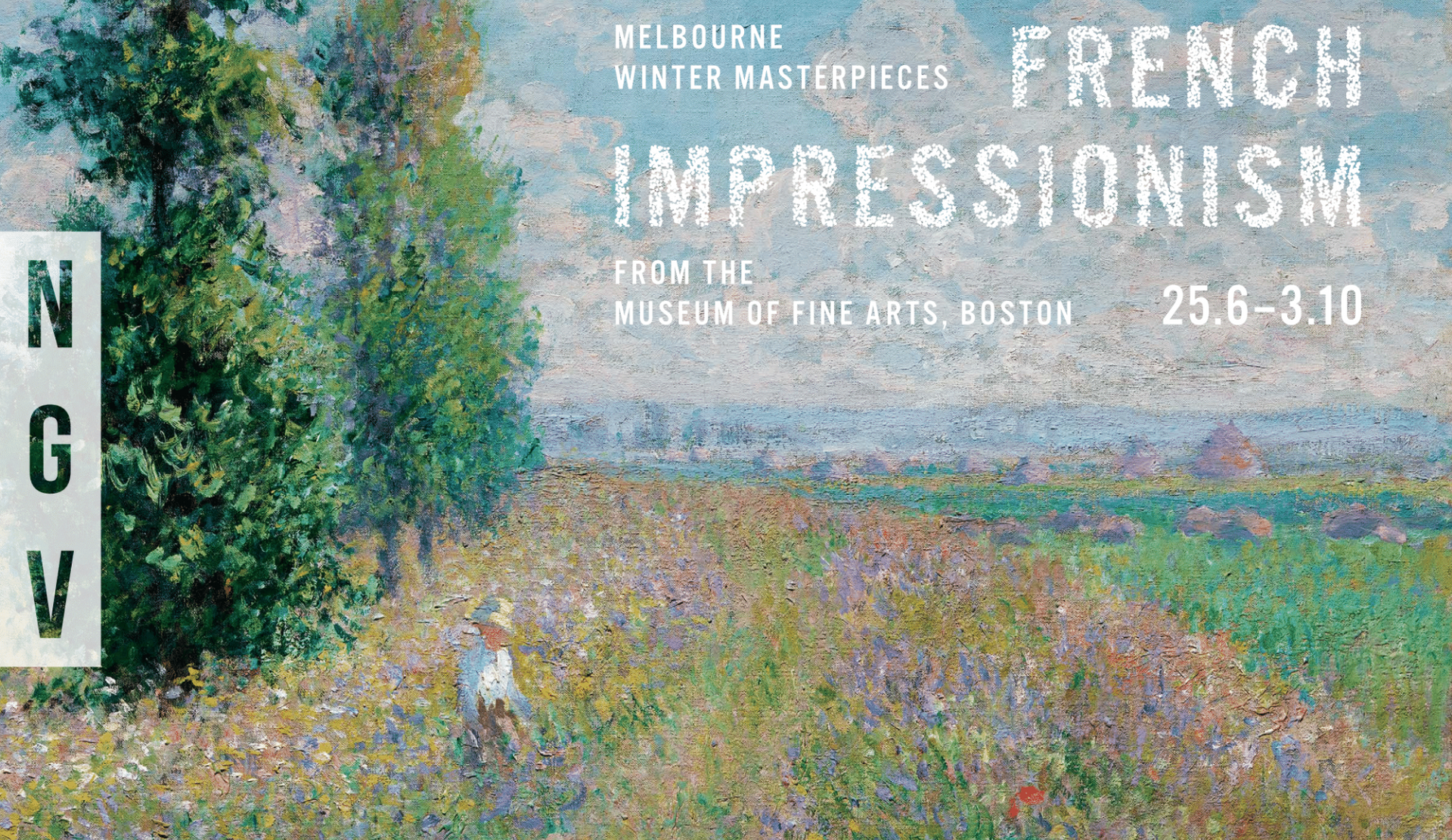What's on in french sport?

Whether it’s the allure of the perfect croissant, memories of our first trip to Paris, or the melodic musicality of the French language, we all love French culture for different reasons. Suffice to say French culture extends far beyond the history, art, and food that it may be most well known for; France has a sporting culture that rivals just about any other country. From triumph at the World Cup to hosting the Olympic Games, there’s always something to support in the world of French sport. Take a look at some of the world-class competitions happening in France this year.
The Paris Marathon:
The Paris Marathon is a prime sporting event that takes place every year in the city of Paris. This year’s Marathon was on the 2nd of April.
Organised by Shneider Electric, the marathon attracts thousands of participants from around the world, and is considered to be one of the most prestigious marathons in the world. It offers runners a unique opportunity to discover the city of Paris while challenging themselves.
More than 60,000 runners were at this year’s Marathon; they had the chance to discover Paris through some extraordinary avenues, going through Bois de Vincennes, the Seine, and the Louvre, the Eiffel Tower and the Musée d’Orsay. The finish line was at the iconic Arc de Triomphe.
This year, on the podium of the race, Abeje Ayana, having covered 41.2 km in 2h 07m. Mehdi Frere was the best Frenchman to appear on the podium this year. He finished his race in 2h 11m.
As for the women’s results, Anais Quemener was the first Frenchwoman; she finished her race in 2h 32m.
Next year’s Marathon will take place on April 7th. Considering taking part? Don’t think twice, challenge yourself and get ready for the race!
Now onto the South of France with the Grand Prix de Monaco!
Grand Prix de Monaco
The Grand Prix de Monaco is an emblematic Formula 1 race and one of the three most prestigious in the world. Since 1929, it has taken place on an urban circuit in the Principality of Monaco between the areas of La Condamine and Monte-Carlo. This year’s edition took place on May 28, 2023, with Dutch motorist Max Verstappen taking the prestigious first place.
The Monaco circuit is known to be one of the most demanding and challenging on the Formula 1 calendar, with its tight corners, narrow passages and tunnels. Teams and drivers must adapt their race strategy to face the challenges of this unique circuit. Teams work tirelessly on their cars to adapt them to the specificities of the Monaco circuit. However, it is important to stress that the results of the race do not depend solely on the performance of the car, but also on the quality of the team’s strategy and the driver’s performance.
In addition, the Monaco Grand Prix is also known for its festive and glamorous atmosphere with an effervescence throughout the weekend around many parties organised in the region, gathering many people and celebrities.
The challenges of the 2023 Monaco Grand Prix are therefore important for the teams and drivers, who must compete for the best possible results. However, it is also essential to remember that safety must be the top priority of all actors involved in this event.
Now for a trip to the clay courts of Roland Garros.
Roland Garros:
Roland Garros is one of the biggest sporting events in the world. Known to the tennis world as a ‘grand slam’, it is famous for being the culmination of the clay court season; the infamous red dirt. The surface brings to mind players making big slides, clearly defined ball marks to know whether a shot was in or out, and the giant Rafael Nadal who, having taken the title fourteen times, now has a statue in his honour. This year, Roland (as it is often shortened to by the French) is currently underway, with the competition spanning between May 28 and June 11.
The grounds are southwest of Paris, just outside the periphery boulevard which demarcates the city. There you won’t just find tennis, but elaborate grounds, places to have an apéro, and a wealth of history. To note, Roland Garros wasn’t even a tennis player. In fact, the tournament takes its name from a World War One pilot – an innovator, a pioneer, who’s courage and audacity would be at the forefront of his namesake stadium. On the whole, an easy recommendation for fans of the Australian Open.
Time to polish pedals and pump tires, the cyclists are back in town!
The Tour de France:
The world’s largest, most prestigious, and most difficult bicycle race is back in 2023. Over 23 days, spanning 21 stages and some 3,400 km, the pantheon of international racing will come together to test their mettle. 20 teams, each comprising 9 riders, will battle it out when the Tour de France kicks off in Bilbao on the 1st of July.
When it first began in 1903 as a way for cycling newspaper l’Auto to increase its dwindling circulation, the now iconic Tour resembled very little of the modern race with which we are all familiar. Participants pedalled through a total of 2,430 km to claim victory, but each of the race’s gruelling six stages extended an average of 2.5 times longer than any stage we know today; the first stage took riders all the way from Paris to Lyon! The course was also predominantly flat, with only one mountain making an appearance. France’s Maurice Garin, the inaugural winner, received a prize of 6,075 francs (around US$40,000 today). Compare that to the 500,000 euros earmarked for the winner of the final individual general classification, part of a total 2.3-million-euro prize pool this year, and you can see why the world’s cycling elite come from far and wide to “throw their helmet in the ring”.
This year’s edition will see contenders visit 12 never before visited towns across two countries, six regions, and 23 departments. Don’t forget to take your pick for who you think will claim the four top honours:
Le Maillot Vert (the Green Jersey) – also known as the “Sprinter’s Jersey” is awarded to the rider with the highest number of points at the end of the tour;
Le Maillot Blanc (the White Jersey) – for the leading all-rounder below the age of 25;
Le Maillot à Pois Rouges (the Polka Dot Jersey) – given to the “King of the Mountains”, the first rider to complete certain mountain climb stages; and
Le Maillot Jaune (the Yellow Jersey) – the coveted wearable trophy signifying the rider with the lowest overall time across all stages.
Whether you’re a career cyclist or a recreational rider; whether you go bonkers for bikes or prefer to pedal peacefully, the Tour de France is sure to excite, delight, and shine a spotlight on the best of the summer of sport in France this July. Let us know which sporting event you’re most excited about in 2023!
Tessa and Lachlan.


The Bastille Day French Festival is grateful for its sponsors, whose support is essential to the success of the event. These sponsors are outstanding businesses from Australia, France, and around the world.
our sponsors
Bastille Day French Festival Melbourne respectfully acknowledges the Traditional Owners of the land, the Boon Wurrung and Woiwurrung (Wurundjeri) peoples of the Kulin Nation and pay respect to their Elders past and present.
Website built by Studio Morellon
All Rights Reserved | Bastille Day French Festival Melbourne







